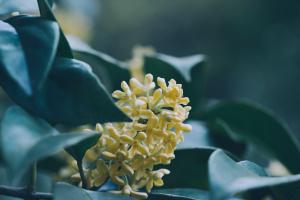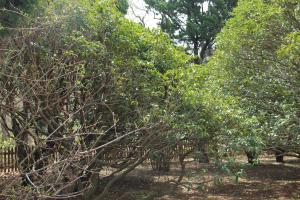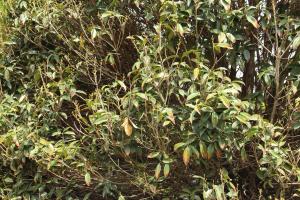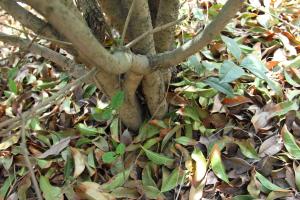1、 Breeding method
1. Soil: Osmanthus fragrans is suitable for growing in loose and fertile soil. It can be mixed with rotten leaf soil, garden soil, sandy soil and cake fertilizer in the ratio of 2:3:3:2. This not only has certain nutrients, but also has good drainage
2. Light: osmanthus trees prefer light. So put it in the sunny place and receive enough light. But in summer, we should have proper shade to avoid strong light exposure. More light should be seen before flowering, which is conducive to the differentiation of flower buds
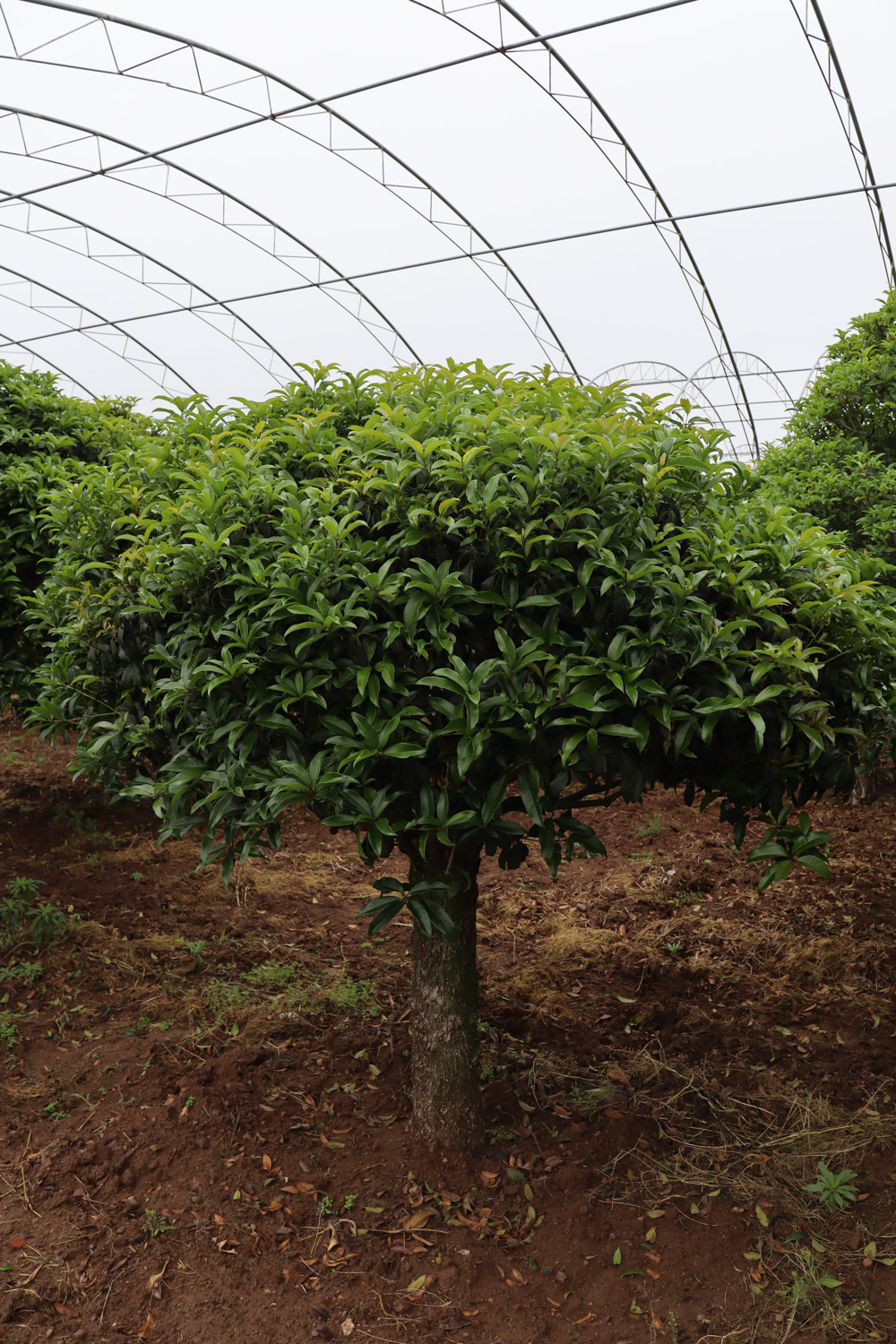
3. Watering: Osmanthus fragrans is sensitive to water. Generally, after the soil surface is dry, it is necessary to replenish water in time. Watering should be thorough, but there should be no ponding
4. Fertilization: Osmanthus fragrans tree needs to supplement fertilizer during its growth period. Generally, liquid fertilizer is applied once a half month, which can make it grow better. In addition, apply a little phosphorus and potassium fertilizer before and after flowering to supplement nutrients
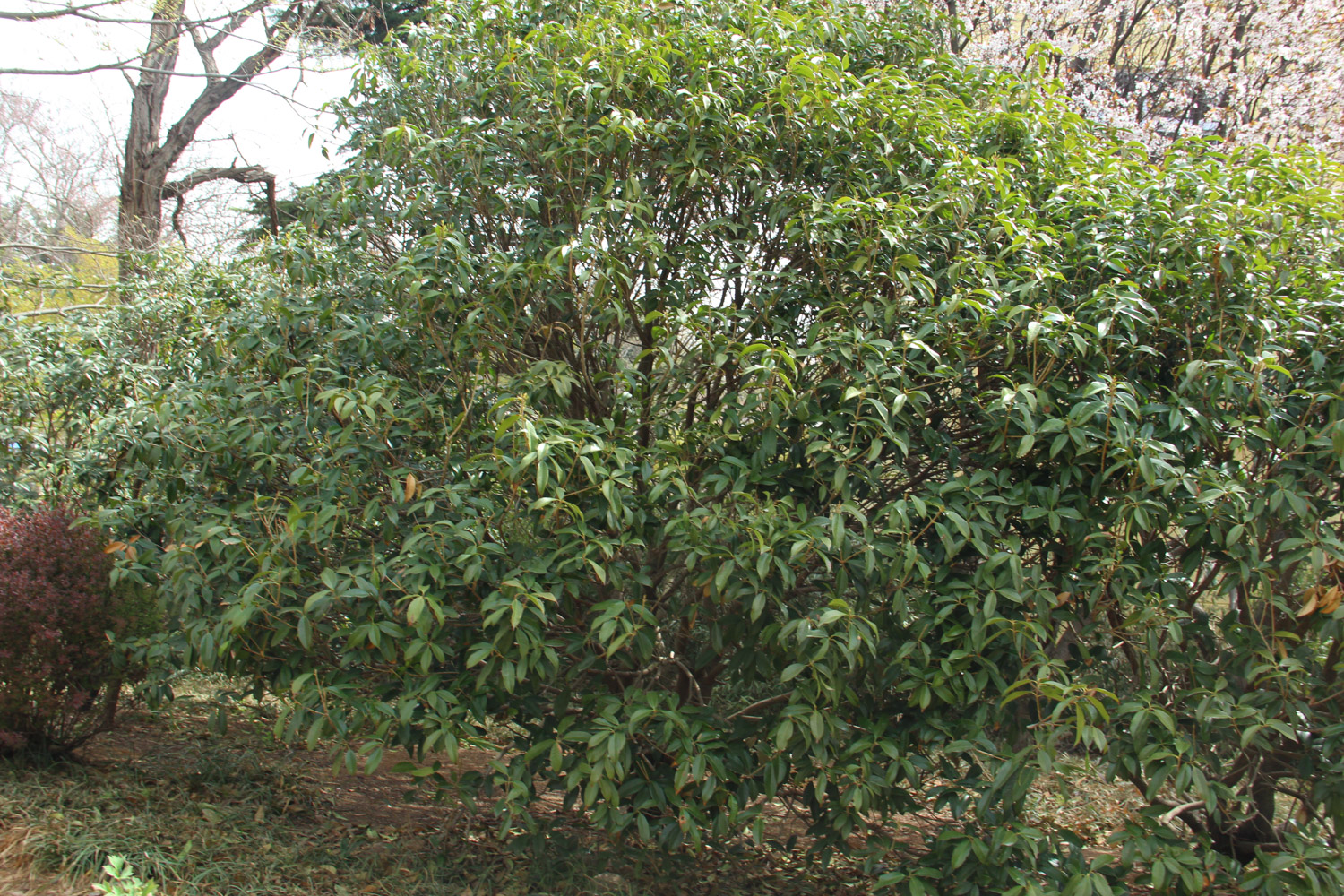
2、 Precautions
1. Proper pruning: the branches of Osmanthus fragrans should be pruned regularly. Cut off the old branches, dead branches and weak branches, and pick off the residual flowers after flowering. If the branches and leaves are too dense, which will affect the internal ventilation and light transmission, the bare branches, Cross branches, overlapping branches, etc. shall also be cut off
2. Winter in the North: because Osmanthus fragrans trees are not suitable to grow in a low-temperature environment, we must pay attention to keeping warm during winter in the north. Hand in antifreeze water before winter, and then wrap the trunk with newspaper, so there is no problem in the open air for winter
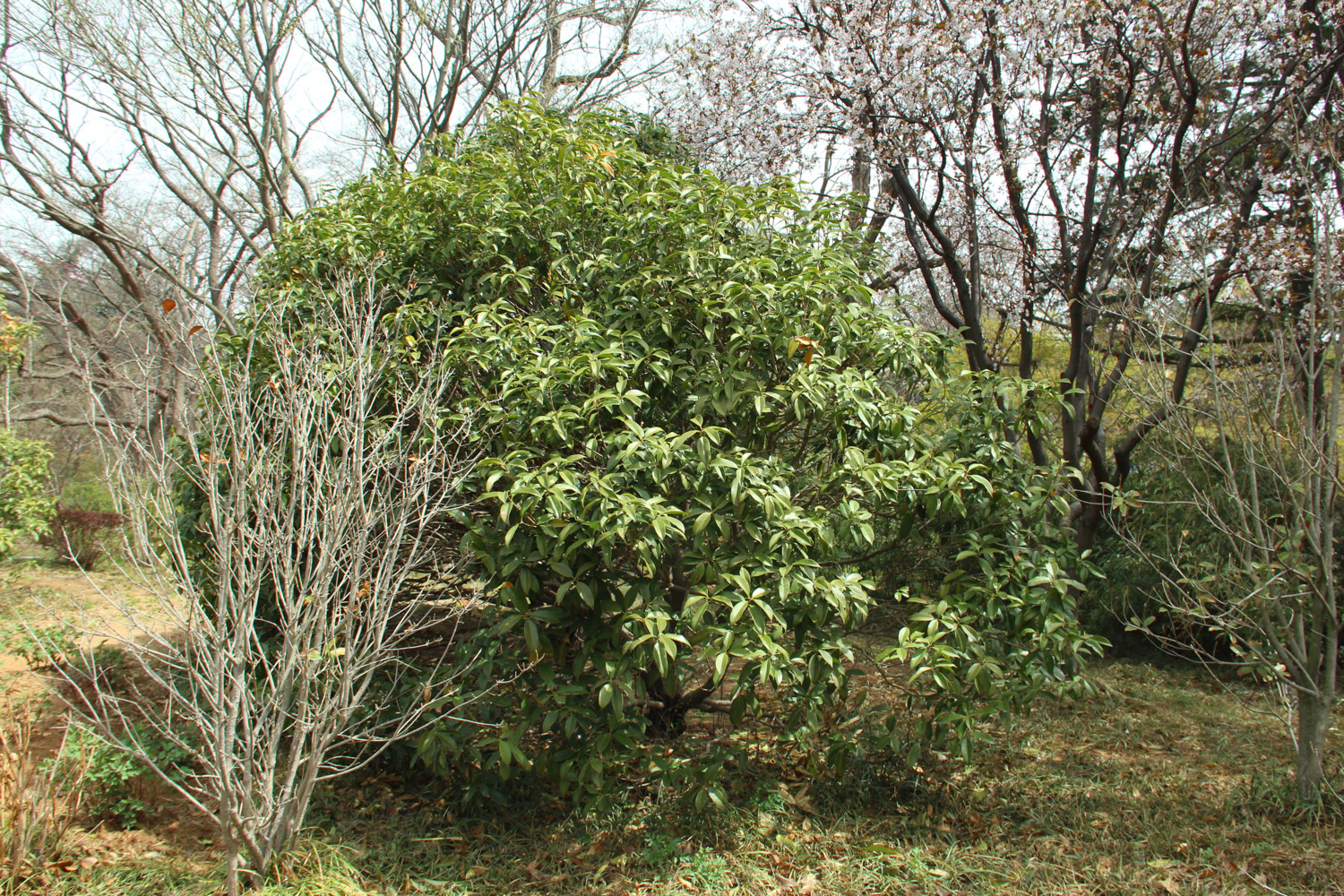

 jackfruit
jackfruit snake plant
snake plant hibiscus
hibiscus hydrangea
hydrangea lavender
lavender Green roses climb al...
Green roses climb al... If you don't pay att...
If you don't pay att... Management of four g...
Management of four g...

